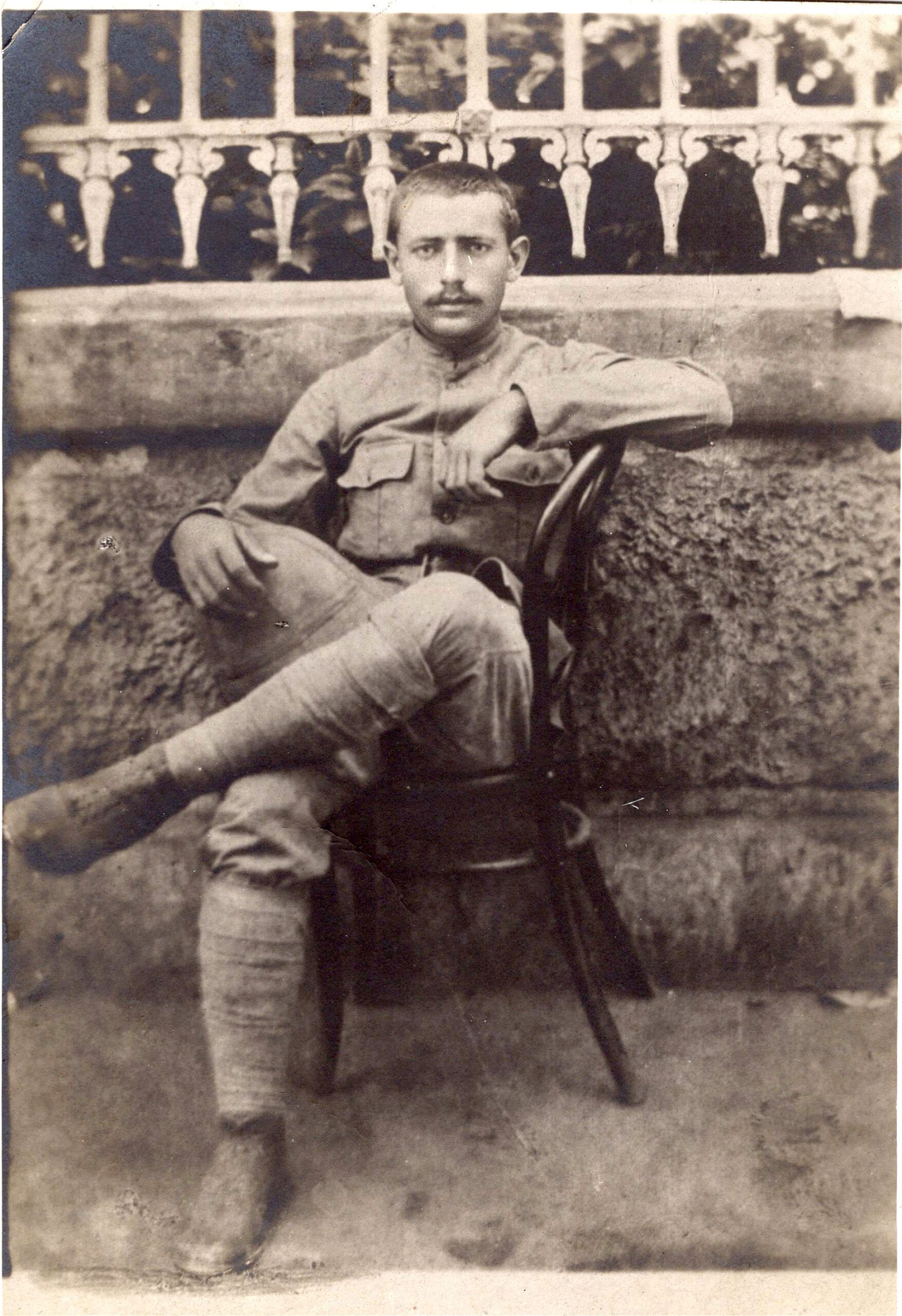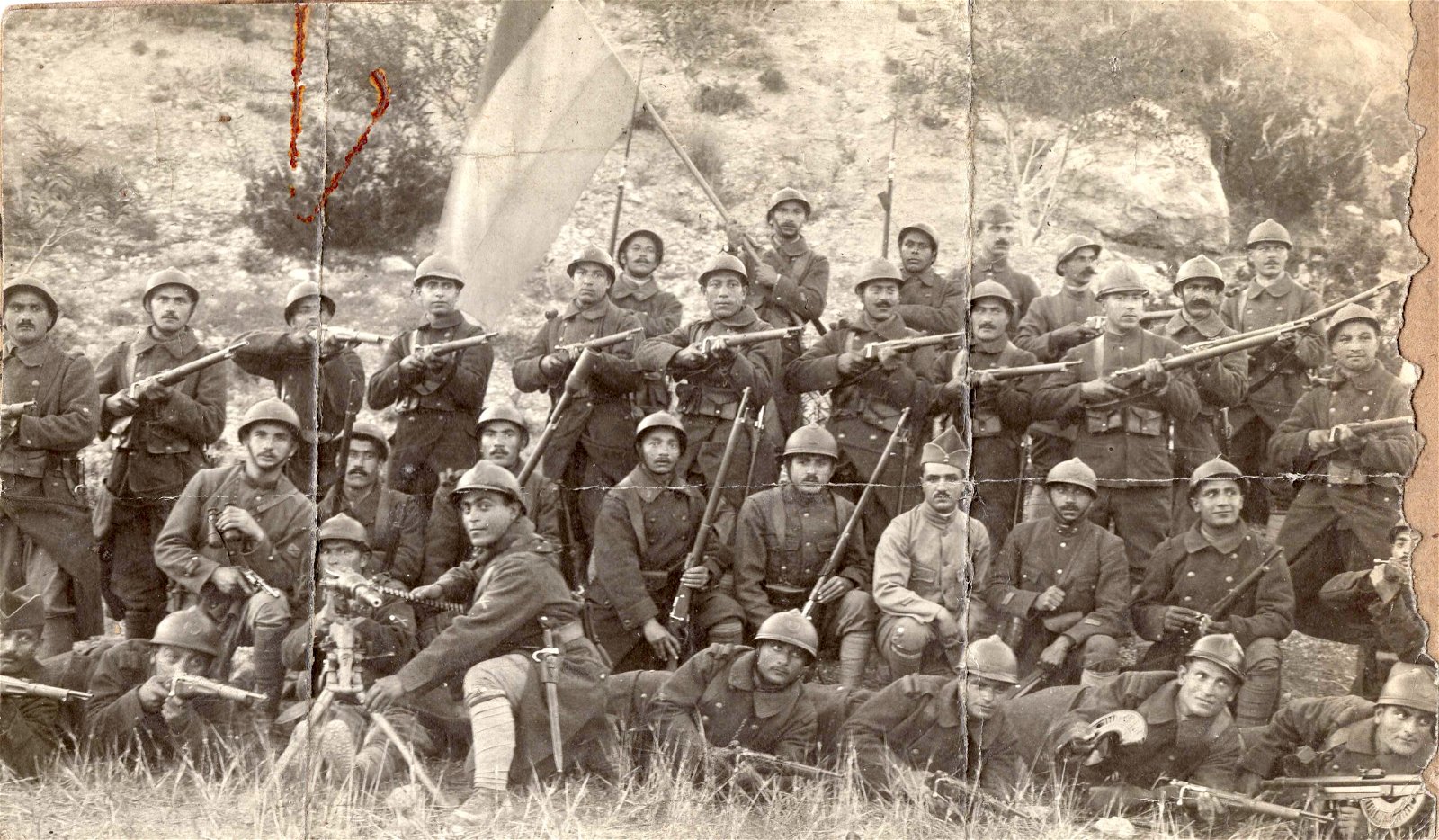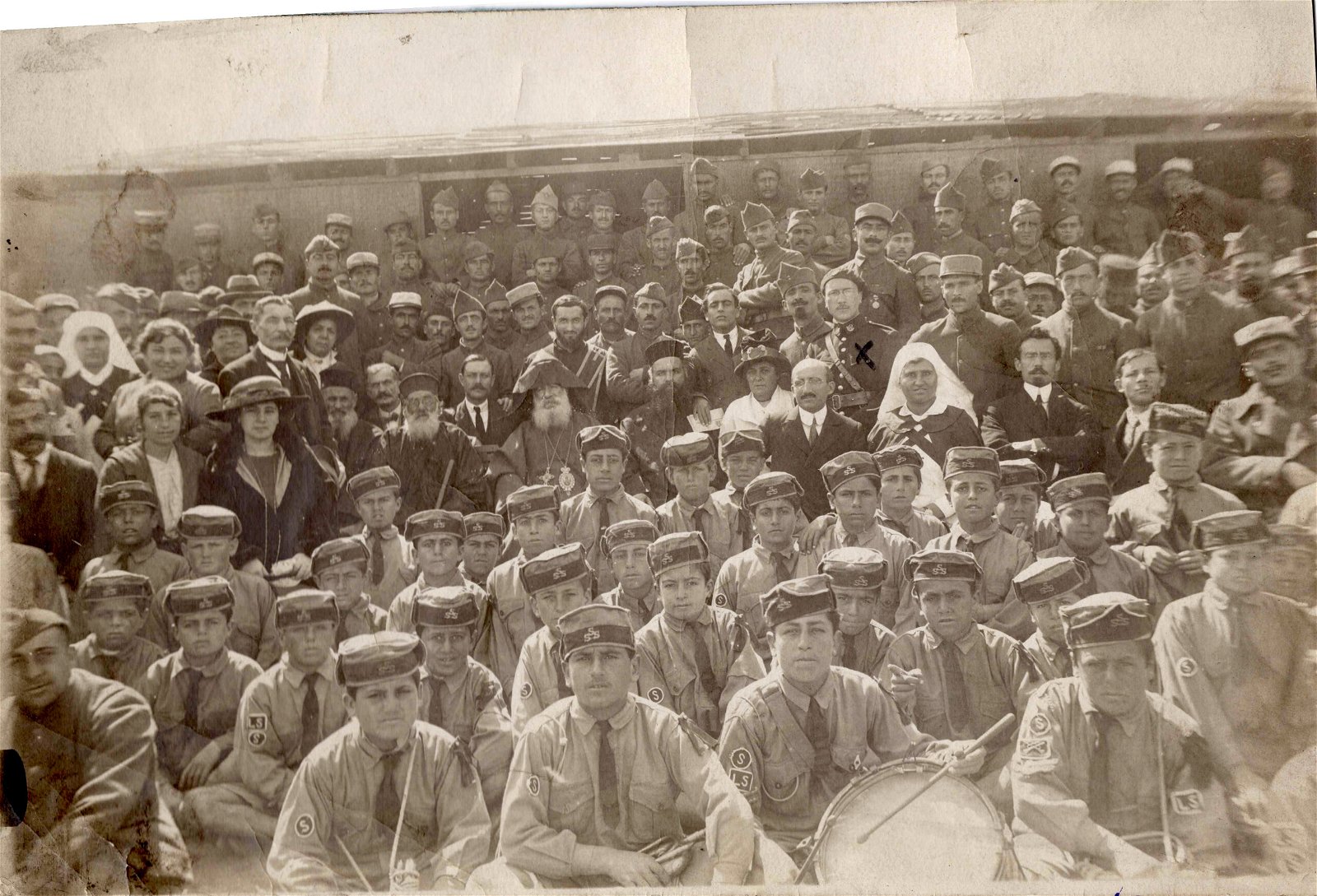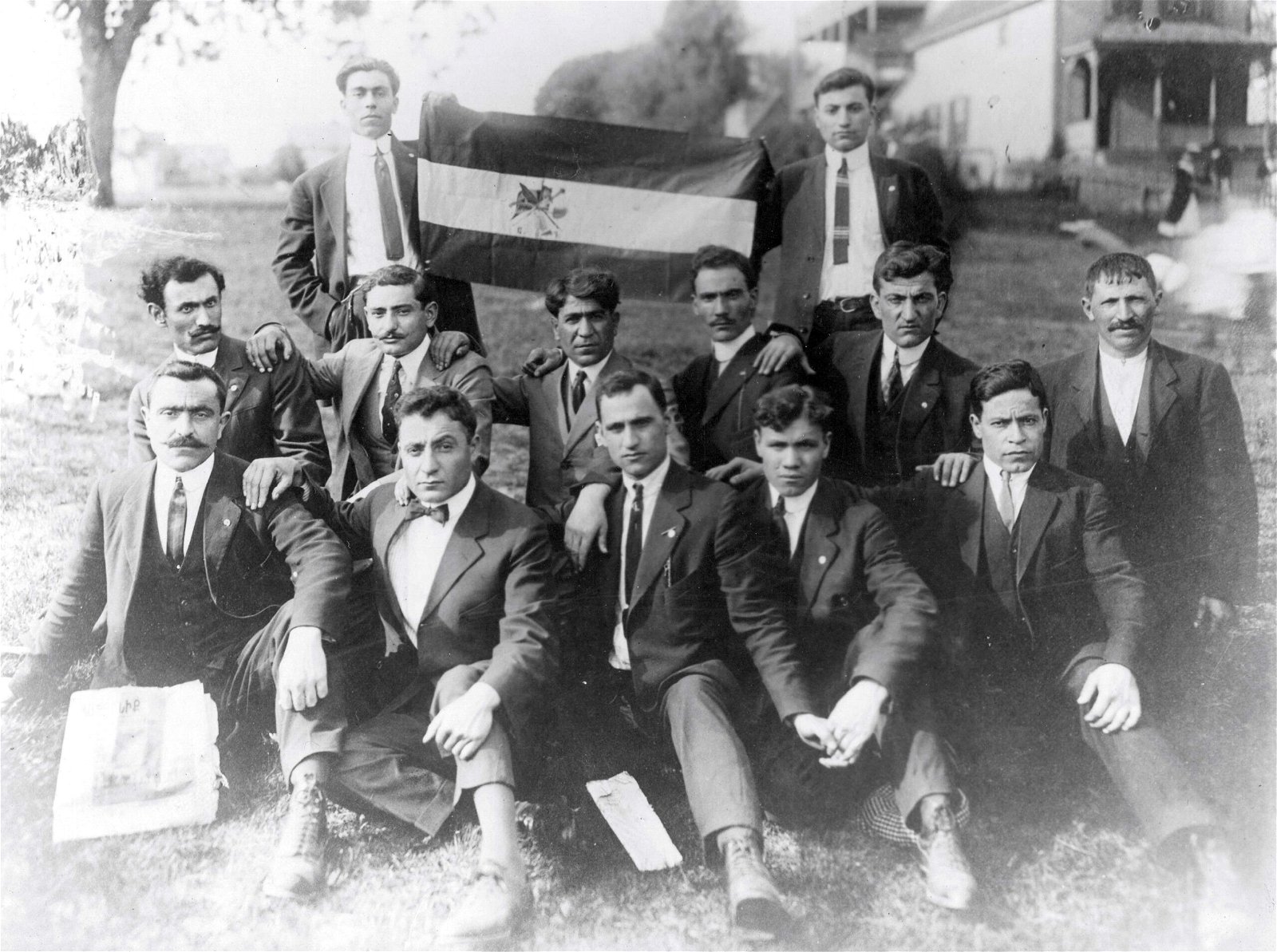In this series of brief glimpses into the ARF photo archives, I have tried to share with you thought-provoking, fun or other kinds of take-aways from the collection. This article is about a more specific episode of Armenian history – the Armenian Legion of 1916-1920 and its heroic volunteers, or gamavors.
Originally formed as the Légion d’Orient under French command, the units evolved into the Légion Arménienne serving alongside French and British forces as they fought Ottoman troops at the end of the First World War, moving up the Levant or eastern coast of the Mediterranean. The Western powers took over the Holy Land, Lebanon, Syria and Cilicia thanks to the efforts of the Armenian Legion among their ranks.
Bedros below, for example, fought at the Battle of Arara on September 19, 1918 – one of many decisive engagements leading to the capture of Jerusalem. The British commander Edmund Allenby especially noted the role played by Armenian soldiers in the outcome of that battle.

Having been wounded, Bedros unfortunately did not recover and passed away. He was originally from Evereg and ended up in the United States. It does not say how or when on the back of the photo, but he was probably among many who emigrated to work in America after the Hamidian massacres of the 1890s or in the 1900s-1910s. The path his life took across oceans and continents amid wars and a genocide is emblematic of the era.

Here we have a unit of natives of Arapgir specifically. Likewise, they too must have given up some comfort in the United States or elsewhere in the West in order to take up arms and fight for an independent Armenia.
The photo below could be characterized as a result of the courage of Bedros, the gamavors from Arapgir and their comrades.

Presumably, the picture mainly depicts members of the Armenian community in Jerusalem. It is certainly an Armenian priest at center-left.
This image below – a postcard, back and front – was one of my favorites to explore in the collection.


Deciphering Armenian handwriting can be a challenge – hence many “unknowns” on the website. This one was mostly legible, except for the location mentioned at the very bottom. It took some hunting around to figure it out. The work of a scholar of Armenian-Cypriot life and times, Alexander-Michael Hadjilyra, confirmed that it says “Monarga,” where the unit was training. This is what research is all about – solving little and big mysteries, always building on the efforts of colleagues.
Finally, the picture below has writing on the back, which says that these men were registered as volunteers from the ARF in Watertown.

It does not specify that they were going to fight with the Armenian Legion, so one cannot be too sure about that detail. It is curious to think that, in any case, many readers in the Boston area might walk on exactly the same streets as these volunteers above once did, or even that they may be their grandchild or great-grandchild.
(Please contact the ARF Archives if you can identify anyone in this picture.)
The story of the Armenian Legion – shared by Varak Ketsemanian in the pages of The Armenian Weekly in the past – does not have the kind of happy ending one would have hoped. Even though an independent Armenia did not survive that tumultuous time and the Armenian Legion did not evolve into its armed forces, the people who took up arms and made immense sacrifices showcased a spirit that echoes today. Arguably, those gamavor soldiers do not receive as much attention as they deserve in our communities.
Click around arfarchives.org/photograph and explore a resource to discover many interesting moments captured from recent Armenian history, including immortalized moments from the Armenian Legion.


Be the first to comment